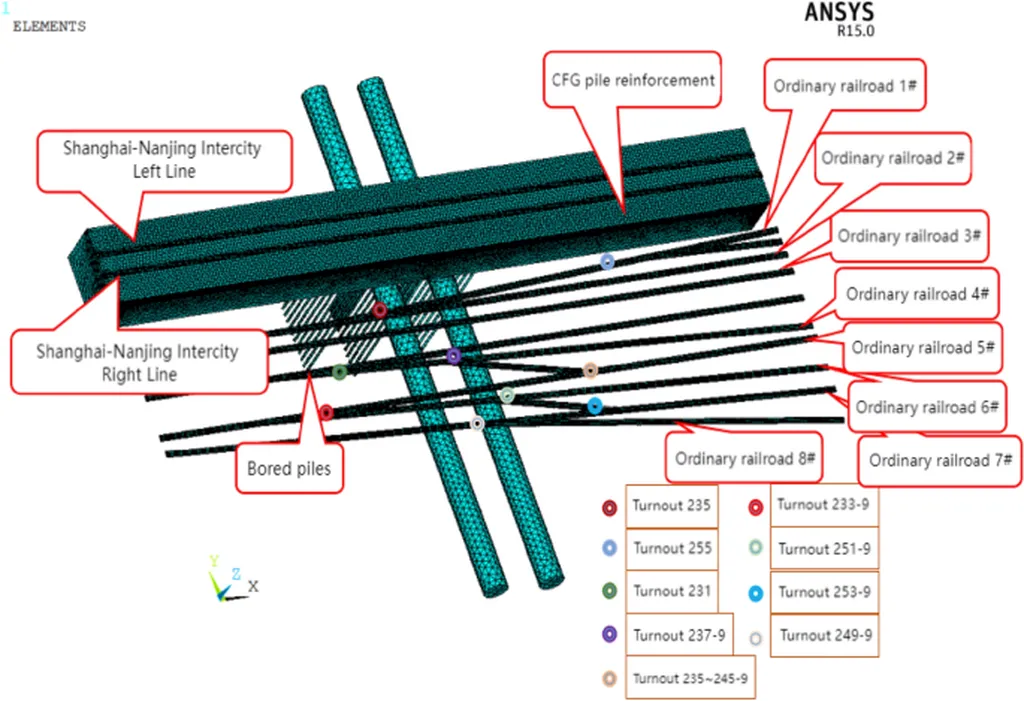In the heart of Nanjing, a groundbreaking study is reshaping our understanding of urban construction and its impact on existing infrastructure. Researchers Dai Zhengbin and Lu Yunlong, affiliated with the First Geological Brigade of Jiangsu Geology Bureau and Jiangsu Nanjing Geo-Engineering Survey Institute, have published a compelling analysis in the journal *Yantu gongcheng xuebao*, which translates to *Journal of Geotechnical Engineering*. Their work focuses on the influence of ultra-close undercrossing shield tunneling on existing tunnels, a critical issue as cities worldwide expand their metro systems.
The study, based on a shield tunneling project in Nanjing, reveals that shield tunneling can cause significant deformation in existing tunnels, particularly when the distance between the new tunnel and the existing one is extremely short. “The ground subsidence is small when the shield is near the tunnel,” notes Dai, “but the lateral wall of the tunnel moves toward the pit in a generally horizontal direction, and the vertical displacement variation of the floor of the existing tunnel structure is greater than the settlement variation on the central axis of the roof.”
This research is particularly relevant for the energy sector, where underground infrastructure is often intertwined with existing utilities. The findings suggest that dynamic adjustment of the driving pressure of shield tunneling is crucial to mitigate the impact on existing structures. “In the process of shield tunneling, it has a significant influence on the uplift pile of the tunnel,” explains Lu. “The driving pressure of shield tunneling should be adjusted dynamically in time.”
The study also highlights the importance of numerical simulation and deformation monitoring in predicting and managing the impact of shield tunneling. The results show that the maximum settlement is located directly above the center of the shield double line and exhibits a V-shape. This information is invaluable for urban planners and construction companies, as it provides a reliable basis for future projects.
As cities continue to grow and expand their metro systems, the findings of this study will be instrumental in ensuring the safety and stability of existing infrastructure. The research not only sheds light on the deformation laws caused by shield tunneling but also offers practical solutions for mitigating its impact. This is a significant step forward in the field of urban construction and a testament to the importance of continuous research and innovation.
In the words of Dai, “This study provides reliable experience for subsequent projects.” As we look to the future, it is clear that the insights gained from this research will shape the development of urban infrastructure, ensuring that our cities continue to grow and thrive in a safe and sustainable manner.

